COPYRIGHT 2009 DICK NEWELL

ANALYZING THE RACCOON TRACK

Front~Rear: The front track looks like the rays of the sun with the long digits appearing almost equal in length. The rear track looks like a human hand in that the small "thumb" is set back at the base and it's on the side of the track next to the body. This track may show the entire heel pad or only the front portion. Try drawing a line across the base of digits #1 and #5 and notice how that line angles towards the back of the animal.
Gait: Slow walks and lopes are its most common gaits.
Recognizing the track pattern of this animal with its front and rear foot side by side helps make the identification. They have five digits front and rear. While its rear foot is much longer than the front it does not always fully register. Never the less identifying this animal with its long bulbous fingers is usually easy.
Right~Left: Telling the left front track from the right is best done by looking at its placement within the pattern.
RACCOON
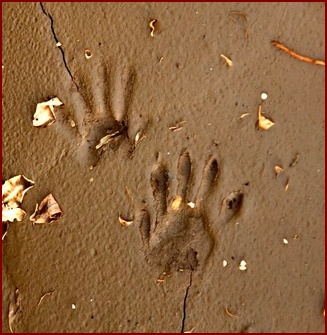
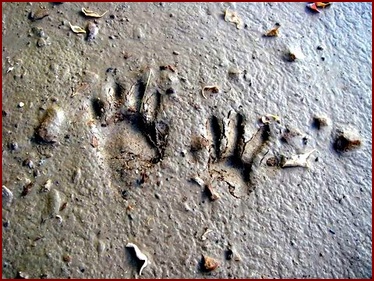
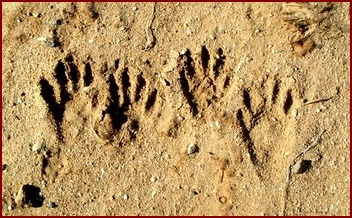
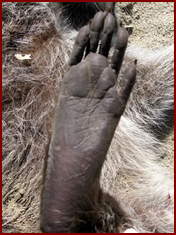
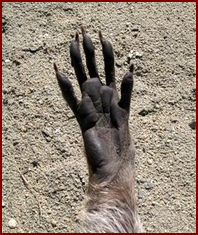

 |
 |
 |
 |
 |
 |
 |
